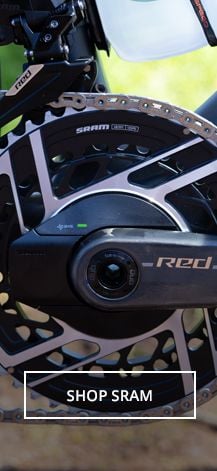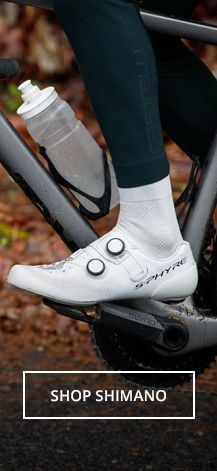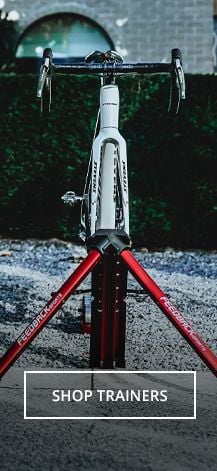
The trusty helmet is about as close to a true necessity as there is in cycling. Their effectiveness is indisputable, and all riders benefit from wearing one when possible. But it's not a set it and forget thing! Helmets do need to be replaced from time to time. Here's a brief rundown of when to think about getting a new lid and some quick tips on extending the lifespan of the helmets you already have.


So, When Should I Replace My Helmet?
The answer to this question can often be subjective so let's start with the one firm rule we do know.
If you crash, replace your helmet.
When it comes to crash protection, helmets are not reusable. One and done. If it's got a big ol' crack or dent in it, this probably goes without saying. But even if it looks fine it's ready for retirement. Micro-fissures aren't always visible and the foam that just kept your head safe is now irreversibly compressed. The dissipated kinetic energy that might have turned your brain to scrambled eggs is now safely stored in the helmet.
Please note that even if you don't think you hit your head, if you wound up on the ground, the chances are high you actually did but didn't notice. Helmets are that good!
If your retention system doesn't work, fix it or replace it.
After the protective layer, the most important part of helmet safety is proper fit. Most if not all the protection you've got on your head is negated if not worn properly. You want it level on your head, cinched snug but not too tight. If your retention wheel isn't clicking or your straps won't tighten, these are critical failure points.
Luckily these are usually easy to fix or replace, often with original manufacturer parts. But barring a fix, your helmet is broken. A broken helmet is probably better than nothing but you shouldn't rely on it any more than you'd trust, say, broken brakes.
If it's old...use your best judgement.
This is where it gets subjective and where a lot of people turn up looking for advice. A helmet that's never crashed and is in good working order can be hard to justify tossing. Most sources do agree though that no helmet lasts forever. Some manufacturers recommend replacements as soon as 3 years. The US Consumer Product Safety Commission (CPSC) recommends a replacement after 5-10 years.
The reason for such a wide range is that this kind of degradation is hard to quantify and test. Both the foam and the shell can be worn down over time by excessive heat, humidity, sweat, sunlight, and micro-impacts from it getting tossed around in your closet, car, or what have you. So you can infer that a helmet worn for long epics in the desert might not last as long as one used for quick cloudy commutes. It's mostly down to how much you ride and in what conditions. You just have to decide for yourself sometimes. Maybe you don't strictly need a quadrennial replacement regimen, but if it's been a while and a new model catches your eye, you can probably feel confident you're not wasting a "perfectly good" old one throwing it out.

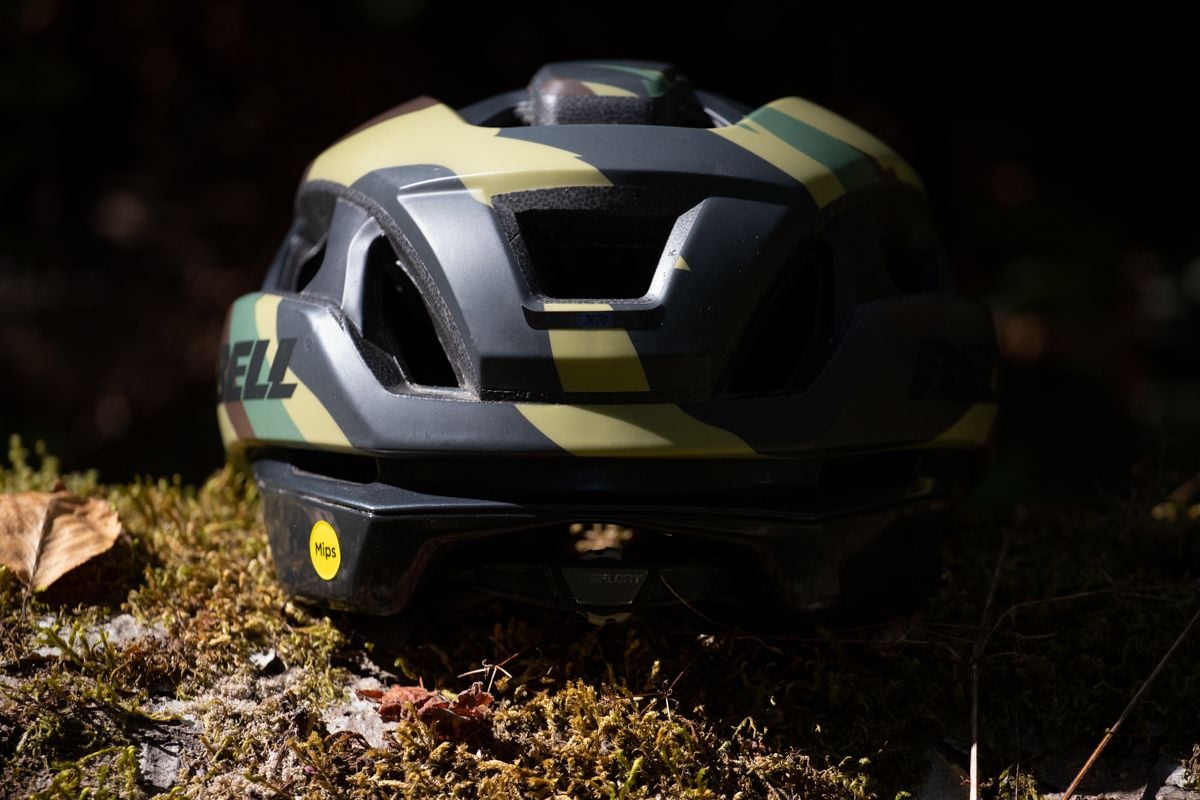
How Do I Care for My Helmet?
So, other than "don't crash" what can you do to extend the life of your helmet? Just like your bike parts, a little bit of attention can go a long way.
Wash it.
Accumulated sweat acts a lot like lube on your chain when it comes to collecting dirt and grime. But a good rinse is all it takes to avoid the worst. Warm water and a rag will do nicely, or give it a few spritzes when you wash your bike. Wear it in the shower after a ride if you're feeling wild. If you have removable pads that can go in the washing machine, throw them in with your kit on laundry day.
Bag it.
If your helmet came with a bag, don't throw it out. Keeping your helmet in a bag will help keep its temperature consistent, shield it from light, and even give it a small bit of padding to protect it from little scuffs and dings.
Bring it in.
The more you shield it from the elements, the better. Obviously try not to leave it outside. Not leaving it in your car either would be advantageous. And while most helmets are probably just fine living in the garage, in hotter climates storing it inside is a good idea.
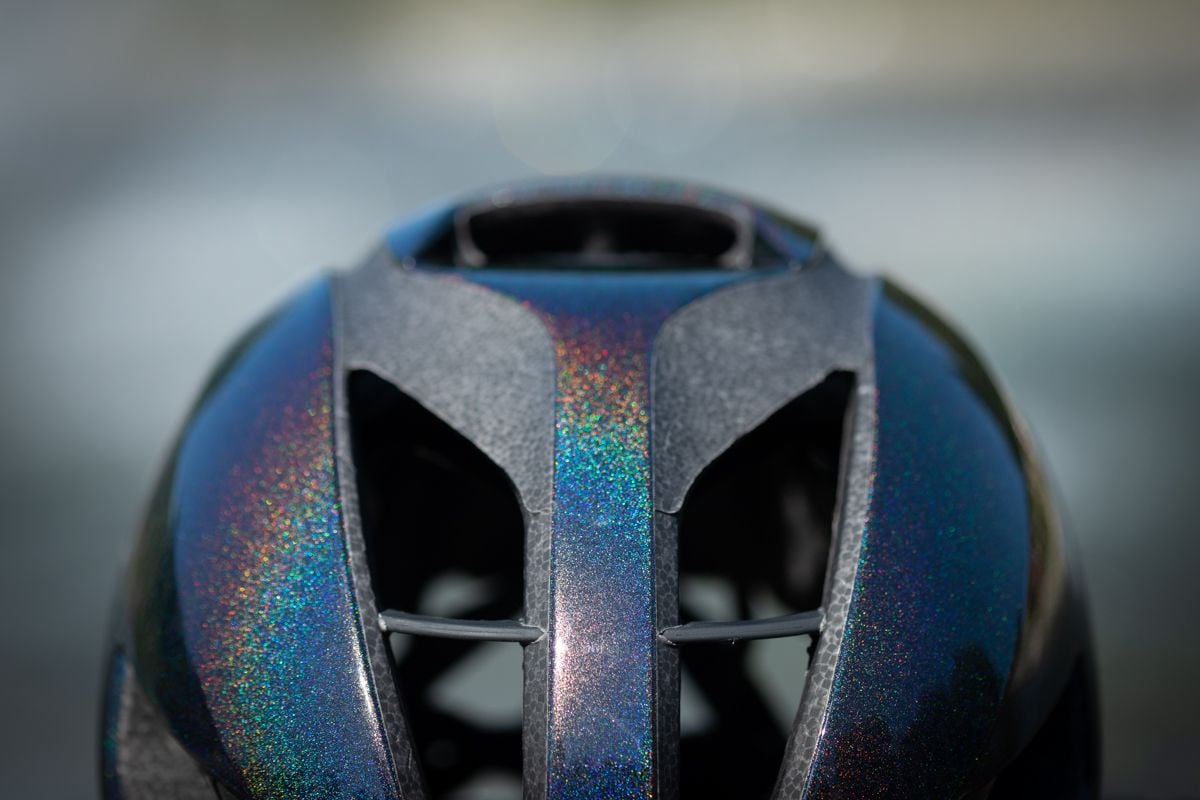

Unlike your bike, your helmet doesn't require a lot of maintenance. But the lack of complex moving parts can be deceiving. It will become less effective over time if not given the right care. So just remember these few things and, barring any crashes, your favorite lid will be good to go for many years to come. If you take care of your helmet, it'll take care of you.



Mon-Sat 8am-5pm PT











